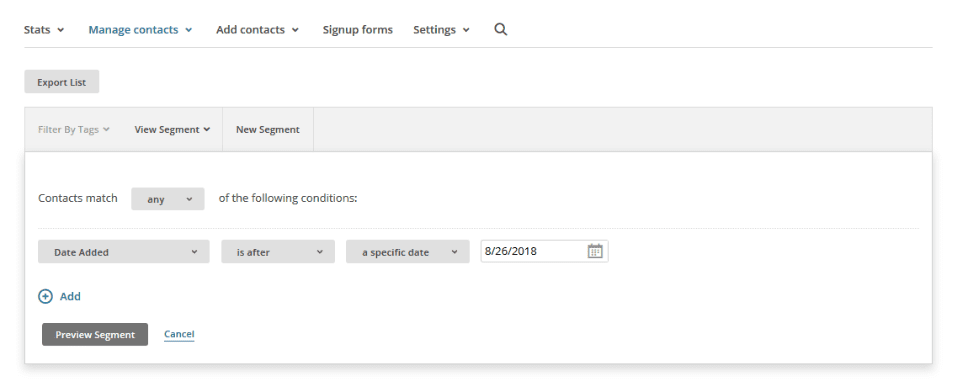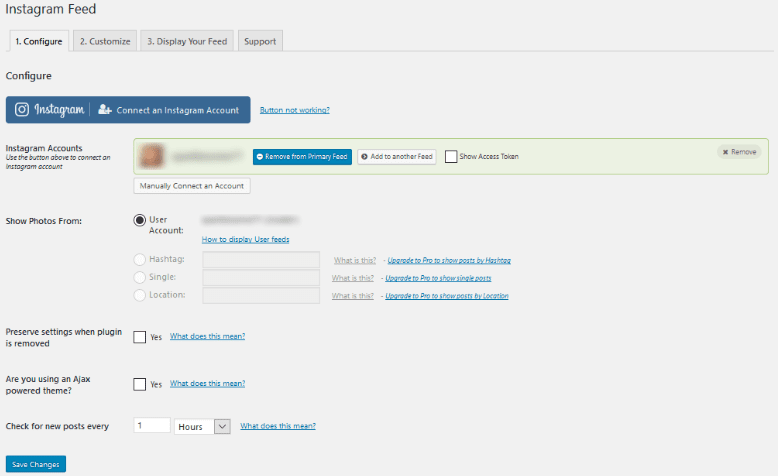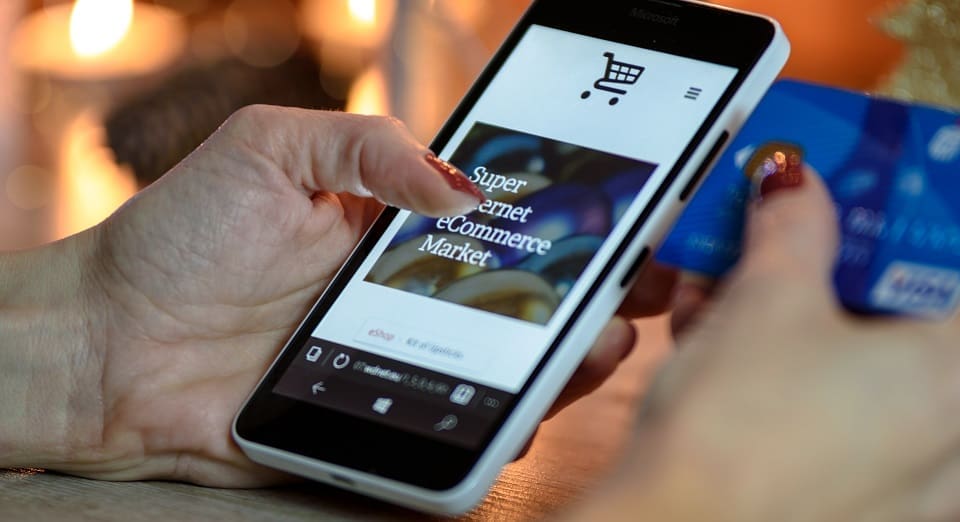We see it all the time…
eCommerce website owners try to appeal to every single site visitor that lands on their pages. They attempt to get visitors to subscribe to a newsletter, engage with written content, or make a purchase.
To the uninitiated, their decision to maximize traffic at all costs seems like a legit game plan.
After all, with traffic comes leads and sales, right?
There is some truth to that, of course.
However, there’s an even better approach.
And that is, focus on getting traffic from a specific group of people.
Those that have a high probability of converting.
Not only that, but you also need to personalize your site so it resonates well with the specific target audience that you endeavored to bring over to your site.
This is where website personalization comes in.
If you’re curious how you can personalize your customers’ shopping experience and want to know what the future of website personalization looks like, keep reading.
How to Personalize Your Website
96% of your site visitors aren’t ready to buy the first time they land on your eCommerce website.
As such, it’s important for you to do everything you can to impress them then, and encourage them to come back.
And when they do come back, your best way to encourage a conversion is to offer a personalized experience.
This is especially true now that most customers expect you to personalize your website and content for them.
Check out some of the ways people are personalizing their online shops to target shoppers:
Email Segmentation
Avoid sending out email blasts to everyone that subscribes to your email list.
By using an email service provider like MailChimp, you can segment your subscribers according to demographics, purchasing behavior, when they subscribed, and so much more.

For instance, send out a welcome email to all new subscribers (that obviously won’t mean anything to long-standing subscribers).
Recommended Products
By tracking people’s behavior while on your website, you can show them a list of related items they might also be interested in.
56% of people say they’d return to an online shop that recommends products.
Because of this, you might want to start doing this right away in your own eCommerce store.
You can track behavior such as shopping history, or even items viewed, bookmarked, wish listed, or abandoned.
These are all great things to display for the customer.
Predictive Search Results
In order to find exactly what they are seeking, shoppers love to use search bars on eCommerce sites.
They also like to use them to browse things they may not know they want yet.
By showing related products in search results as a drop-down menu, you will encourage people to check out many other items.
This is a great way to give them ample opportunities to spend more at your online store.
Instill a Sense of Urgency
To get more sales form the start, offer limited time coupons and offers to all site visitors that land on your site.
Then, take it one step further.
Offer first-time visitors, those exiting your website, and those that have been there before their own exclusive deals.
The goal is to motivate them to finalize a purchase.
As you can see, there are many ways to personalize the user experience for visitors on your website.
By tracking customer behavior, you can give them what they need at the right time, and thereby generate many more sales.
Take Advantage of Social Media
We all know that social media is a powerful tool for driving traffic and increasing conversions and sales.
Did you that know you can tap into specific groups of followers and offer them just what they need, all in social media?
It takes time to build a strong social media following.
This is especially true if the competition in your industry is really tough.
That said, here are some helpful tips for growing your Instagram following:
- Join Instagram engagement groups related to your niche to get more followers that you can then target personally on Instagram and your website
- Get followers involved by having them post real life pictures using what you offer (in other words, take advantage of social proof!)
- Be consistent, create an image, and build brand recognition, so people will come straight to your online shop every time they need something you sell (as opposed to visiting your competitors)
Lastly, you can add your Instagram feed to your eCommerce site.
This will add an element of visual appeal that people love.
If you use WordPress for your online shop, you can easily upload the Instagram Feed plugin.
With it, show images, promote products, and get all different kinds of people to your online store.
Then, you can target them more accurately once they start navigating your site.

If you don’t use WordPress and still want to add your Instagram feed to your eCommerce shop, check out this easy to follow tutorial.
The Future of Website Personalization
As consumers continue to expect a completely personalized shopping experience online, it’s safe to say that plenty more ways to personalize your website will continue to emerge.
That said, here are some trends you might expect to capitalize on in the near future:
- Personalization across all channels, not just eCommerce websites
- Tailored shopping deals that personalize not just based on what people want to buy, but how much they’re willing to pay
- AI advancements, such as mobile apps designed to give both online and brick and mortar shops an opportunity to personalize the online shopping experience
- Chatbot technology that can anticipate people’s needs based on their navigation behavior
- Personal shoppers that help consumers save time and effort buying what they need for them, so they don’t have to
- Targeted content that’s easy to scan that also educates, informs, promotes, and entertains customers
eCommerce personalization is already in the works and has been for some time.
But we can all expect it to get bigger and better as marketers unlock more creative ways to target consumers on an individual basis.
Final Thoughts
eCommerce site personalization is not something to take lightly.
If you’re the type of ecommerce marketer who still sends out email blasts to everyone and targets your entire audience as a whole, all while expecting to see significant business growth, it’s time to reevaluate your strategies.
Give your customers the best shopping experience possible. This should always be at the forefront of your marketing efforts.
And it just so happens that personalizing that experience is the best way to generate more traffic, conversions, and sales.
Feature Image Credit: CC 0; Public Domain. All images sourced from pexels.com.
Disclaimer: The views and opinions stated in this post are that of the author, and Return On Now may or may not agree with any or all of the commentary.
Marc Sullivan
Latest posts by Marc Sullivan (see all)
- Personalizing the eCommerce Shopping Experience for More Sales - October 16, 2018
- Why Not All Online Traffic is Good Traffic - July 25, 2018





